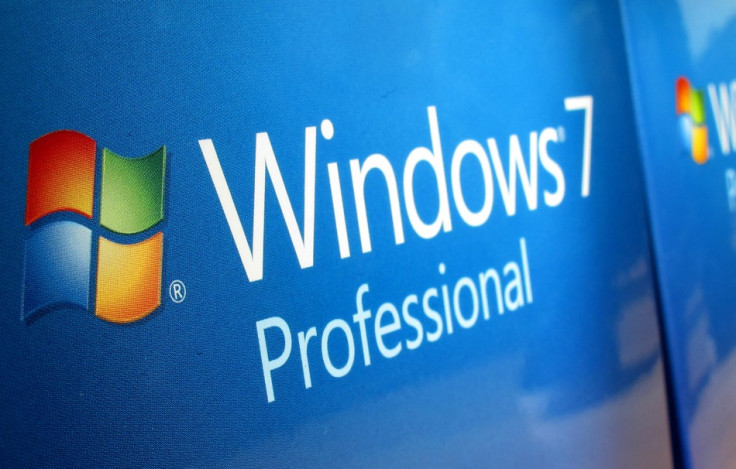Microsoft Windows 7 Mainstream Support to End Starting January 2015

Microsoft is set to pull the plug on mainstream support for Windows 7, the operating system that continues to run on more than 50% of the world's computers.
Windows 7 users across the globe will be pointed towards Microsoft's extended-support scheme from January 2015, where security fixes will be provided free of cost by the company, but hotfix updates will need to be paid for.
The Redmond-based company states says it will be transferring all editions of Windows 7, along with Exchange Server 2010 Enterprise and Standard editions, to extended support from 13 January 2015.
However, the company's extended support for Windows 7 will be continued for at least the next five years. During this time, Microsoft will not accept design-change requests or new feature requests raised by developers.
During mainstream support, Microsoft supplies fixes and updates (including hotfix) free of cost to users. This mainstream phase usually lasts five years before it becomes the extended support stage, which also lasts five years.
Any operating system that reaches the end of extended support then moves to the end-of-support phase where no security fixes or updates are provided by Microsoft. Windows XP is a classic example of a system that reached this phase on 31 April 2014.
Microsoft has also announced that it will stop supporting service packs such as Office 2010 Service Pack 1 (updates are set to stop on 14 October 2014), Visual Studio Express 2012 for Windows 8 (updates will end on 13 January 2015) and the Visual Studio Express 2012 for Windows (ending 13 January 2015).
With Windows 7 set to enter its extended-support lifecycle from early next year, Microsoft seems to have taken the "attract more users to Windows 8" route as is evident by the fact that the latter operating system, along with its update, Windows 8.1, are still struggling to gather users, especially those migrating from Windows XP.
It's believed that Windows Threshold, also known as Windows 9, will be launched by 2015 and will feature a new start button, along with an option for desktop users to switch between traditional and "Metro User" interfaces during boot up. The possibility of a Windows 8 bypass by Windows 7 users also cannot be ruled out.
Another likely probability is that Microsoft will continue to support Windows 7 (even after the extended-support phase) in the same way that it supported Windows XP for 13 years.
© Copyright IBTimes 2025. All rights reserved.





















